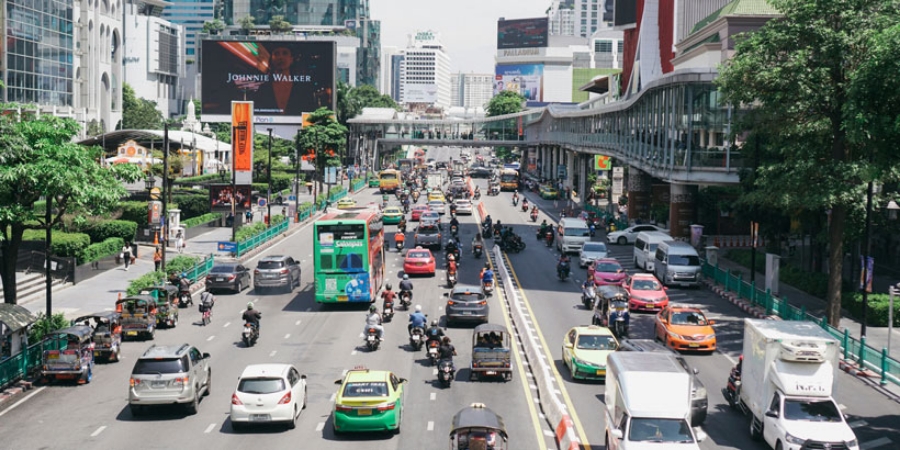
The Southeast Asian automotive environment imposes distinct technical challenges on vehicle electronic systems, driven by consistently high ambient humidity, frequent precipitation, elevated particulate exposure, and a market structure centered around cost-sensitive motorcycles and compact passenger vehicles. To ensure system reliability and regulatory compliance, car sensor solutions must deliver stable performance under variable thermal and atmospheric conditions, while maintaining compatibility with simplified ECUs and minimal power budgets. In this article, SUCH provides you with viable solutions to deal with each scenario.
Southeast Asia Automotive Sensor Solution
Optimized Sensor Solutions for Southeast Asian Automotive Markets
Southeast Asia—including Thailand, Indonesia, Vietnam, and the Philippines—has emerged as a fast-growing automotive hub. The region is characterized by tropical climates, congested traffic, a high share of motorcycles and compact cars, and a growing demand for safer, smarter, and more fuel-efficient vehicles.
To address the local environment and cost challenges, we provide a range of automotive sensors tailored to tropical humidity, frequent rain, and low-cost manufacturing requirements—helping OEMs and aftermarket clients meet safety, emission, and performance goals.
What Problems Do Our Sensors Solve in Southeast Asia?
Wet Roads and Brake Safety Risks During Rainy Season
Challenge: In Southeast Asia, prolonged monsoon seasons and frequent rainfall create hazardous driving conditions. The accumulation of water on road surfaces leads to decreased tire-road friction (low μ conditions), increasing braking distances and elevating the risk of wheel lockup, skidding, and loss of vehicle stability—especially in vehicles lacking advanced chassis control systems.
Sensor Solution:
1. ABS Wheel Speed Sensors (WSS): These sensors are magnetic or Hall-effect based and monitor the rotational speed of each wheel. When the system detects a wheel decelerating faster than the others (indicating imminent lockup), it signals the ABS module to modulate brake pressure via solenoid valves.
Enables closed-loop brake force control during rapid deceleration under wet road conditions, reducing stopping distance and preserving steering control.
2. Yaw Rate & Acceleration Sensors (IMU/G-sensors): These sensors measure angular velocity around the vehicle’s vertical axis and lateral acceleration, feeding data to Electronic Stability Programs (ESP/ESC). The system then selectively applies braking force or reduces engine torque to counteract oversteer, understeer, or loss of traction.
Enhances vehicle handling during emergency maneuvers in wet environments, helping prevent rollovers and lateral skidding events.
Cost-Sensitive Motorcycle & Entry-Level Car Market
Challenge: The Southeast Asian vehicle market is dominated by motorcycles and low-displacement entry-level cars, where cost efficiency and durability are critical. OEMs and aftermarket players require electronic sensors that provide essential functionality without adding significant cost or requiring complex integration.
Sensor Solution:
1. Throttle Position Sensors (TPS): TPS units provide real-time data on throttle valve position to the ECU for controlling fuel injection and ignition timing. In cost-sensitive applications, contact-based potentiometer-type sensors or Hall-effect non-contact sensors with analog (0.5–4.5V) or PWM output are preferred.
Ensures responsive throttle control for low-cost two-wheelers and small vehicles, improving drivability and emissions without raising system complexity.
2. Manifold Absolute Pressure (MAP) Sensors: These sensors monitor intake manifold pressure, which is critical for load calculation in fuel-injected engines. For tropical climates, MAP sensors are designed with built-in humidity compensation algorithms to maintain accuracy in air density estimation.
Enables precise air-fuel mixture control even in varying barometric and humidity conditions, enhancing fuel economy and combustion efficiency.
Compatibility & Integration: Both TPS and MAP sensors in this segment are optimized for compact ECUs with limited I/O and processing power. Their robust construction and low BOM (Bill of Materials) cost make them ideal for motorcycles, tuk-tuks, and economy cars deployed in dense urban traffic.
Wet Roads and Brake Safety Risks |
Motorcycle & Entry-Level Car Market |
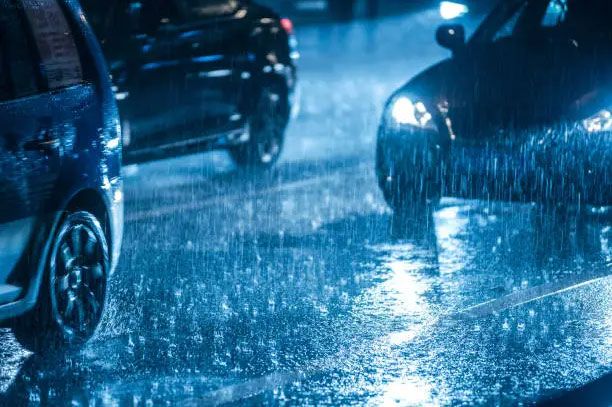 |
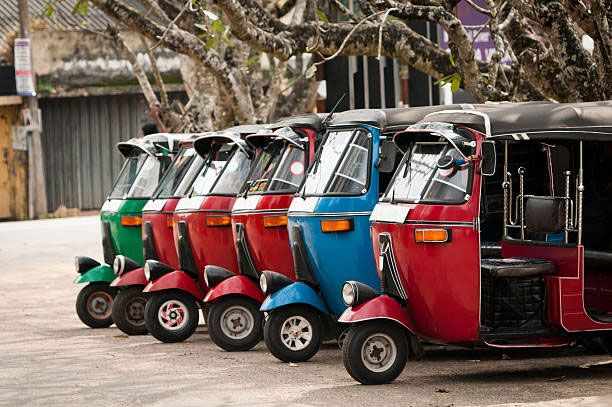 |
|
|
|
|
|
|
Urban Pollution & Poor In-Cabin Air Quality
Challenge: In densely populated cities like Bangkok and Manila, prolonged idling in traffic with closed windows leads to increased CO₂ accumulation inside the vehicle cabin. Elevated CO₂ levels can cause drowsiness, reduced concentration, and driver fatigue, compromising both safety and comfort.
Sensor Solution:
In-Cabin CO₂/VOC Air Quality Sensors: These sensors continuously monitor in-cabin air quality by measuring CO₂ concentration and total volatile organic compounds (TVOCs). When levels exceed preset thresholds, the sensor signals the vehicle’s HVAC system to introduce fresh air or activate automatic ventilation.
- Integrated NDIR (non-dispersive infrared) or MEMS-based CO₂ sensing
- Supports analog voltage, PWM, or UART output formats
- Includes temperature and humidity compensation for accurate performance in tropical environments
- Optional threshold alarms to alert drivers of poor air quality
Improves in-cabin comfort and driver alertness, especially for urban vehicles such as taxis, rideshare cars, and compact family vehicles frequently operating in congested environments.
Engine Efficiency in Hot and Humid Conditions
Challenge: Southeast Asia’s consistently high temperatures and humidity levels affect the accuracy of air intake measurements, which can disrupt the air-fuel ratio, leading to inefficient combustion, poor throttle response, and increased fuel consumption.
Sensor Solution:
Mass Air Flow (MAF) Sensors: MAF sensors measure the actual mass of air entering the engine, providing critical input for fuel injection control. In humid conditions, MAF sensors must offer high resistance to condensation and fast response times.
Humidity-Compensated Manifold Absolute Pressure (MAP) Sensors: MAP sensors are essential for load calculation in naturally aspirated and turbocharged engines. When equipped with humidity compensation algorithms, they maintain signal accuracy under high-moisture conditions.
Urban Pollution & Poor In-Cabin Air Quality |
Engine Efficiency in Hot and Humid Conditions |
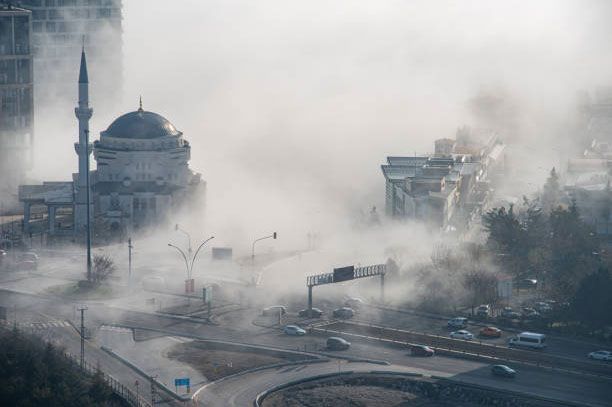 |
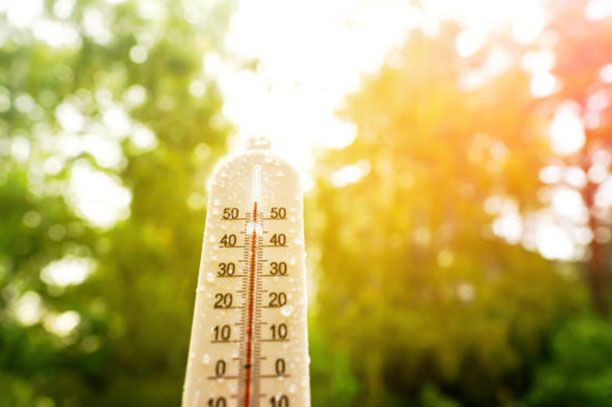 |
|
|
|
|
|
|
Featured Sensor Models for Southeast Asia
| Sensor Type | Application | Features |
| Throttle Position Sensor | Entry-level motorcycles/cars | IP65, analog output, cost-optimized |
| MAP Sensor | Small engine vehicles | Humidity compensation, 0.5–4.5V |
| ABS Wheel Speed Sensor | Motorcycles, compact cars | Waterproof, 4-pole design |
| In-Cabin Air Quality Sensor | Passenger vehicles | CO₂ + TVOC dual detection |
| MAF Sensor | Fuel-injected engine optimization | Fast response, stable at 95% RH |
Why Choose SUCH Sensors for Southeast Asia?
- Tropical Environment Adaptability: All sensors tested for high humidity (up to 95% RH), dust ingress, and temperature ranges of -20°C to 85°C.
- Custom Output Options: Supports analog, PWM, CAN, or UART interfaces for easy ECU integration.
Ideal For:
- Automotive OEMs in Thailand, Vietnam, Indonesia
- Motorcycle ECU developers
- Automotive aftermarket sensor distributors
- Telematics and smart fleet solution integrators
